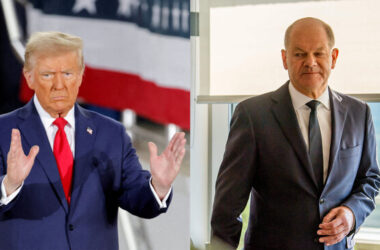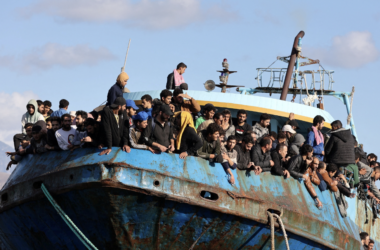Despite the rise in protests and calls for change, Serbia’s conservative government under President Aleksandar Vučić remains resilient, backed by a strong voter base and significant support from law enforcement and military institutions.
Recent protests, which have included street blockades and public demonstrations in Belgrade and Novi Sad, have raised questions about whether Serbia is on the brink of a political shift. These movements, spearheaded by the opposition and university students, have drawn comparisons to the 2000 overthrow of former president Slobodan Milošević, particularly in terms of tactics. Tímea Zsivity, a researcher at the Eötvös József Research Center in Hungary, notes the striking similarities between these events and those from two decades ago, such as the student-led Otpor movement.
Yet, despite the disruption, surveys show that Vučić’s support among his party’s voters remains strong, with the Serbian Progressive Party (SNS) currently holding a significant 48.7% of the electorate. Unlike in the Milosevic era, when military and police forces switched allegiances, Serbia’s current law enforcement apparatus remains loyal to the government, contributing to the stability of Vučić’s rule.
Zsivity believes that Vučić’s ability to balance Serbia’s foreign relations, especially with Russia and China, is key to maintaining this support. His stance on Kosovo, backed by Russia and China’s recognition, further cements his position, especially as these nations continue to support Serbia on the international stage.
While opposition movements are clearly gaining traction, their momentum is not yet enough to shake Vučić’s rule. Zsivity points out that the protests, though disruptive, have not significantly eroded the Serbian Progressive Party’s standing. She likens the situation to the 1990s, observing that while history may repeat itself, the conditions today are vastly different.
The protests also carry symbolic weight. By occupying bridges in Novi Sad, demonstrators are not just protesting against Vučić’s government but also asserting the unity of Serbia. These actions echo the resistance to NATO’s 1999 airstrikes, reinforcing the idea that Vojvodina remains an integral part of the country.
Despite these domestic challenges, Serbia’s relationship with the European Union has been strained. The EU has criticized Serbia’s refusal to impose sanctions on Russia following its invasion of Ukraine. The conflict has further complicated Serbia’s foreign relations, especially after the U.S. imposed sanctions on Russia’s Gazprom in January 2025, targeting Serbia’s oil industry. Serbia’s refusal to sever ties with Gazprom has put it at odds with Western powers, complicating the nation’s aspirations for EU accession.
Though Serbia’s political landscape is currently in flux, Vučić’s government continues to hold a majority in parliament. While a new government must be formed within 30 days of the resignation of Serbia’s prime minister, the possibility of elections remains unclear. Vučić’s government, however, has room to maneuver, with a caretaker administration in place as the country works through its political challenges.
The situation remains dynamic, with protests intensifying, yet the ruling party shows no signs of losing its grip on power just yet.




